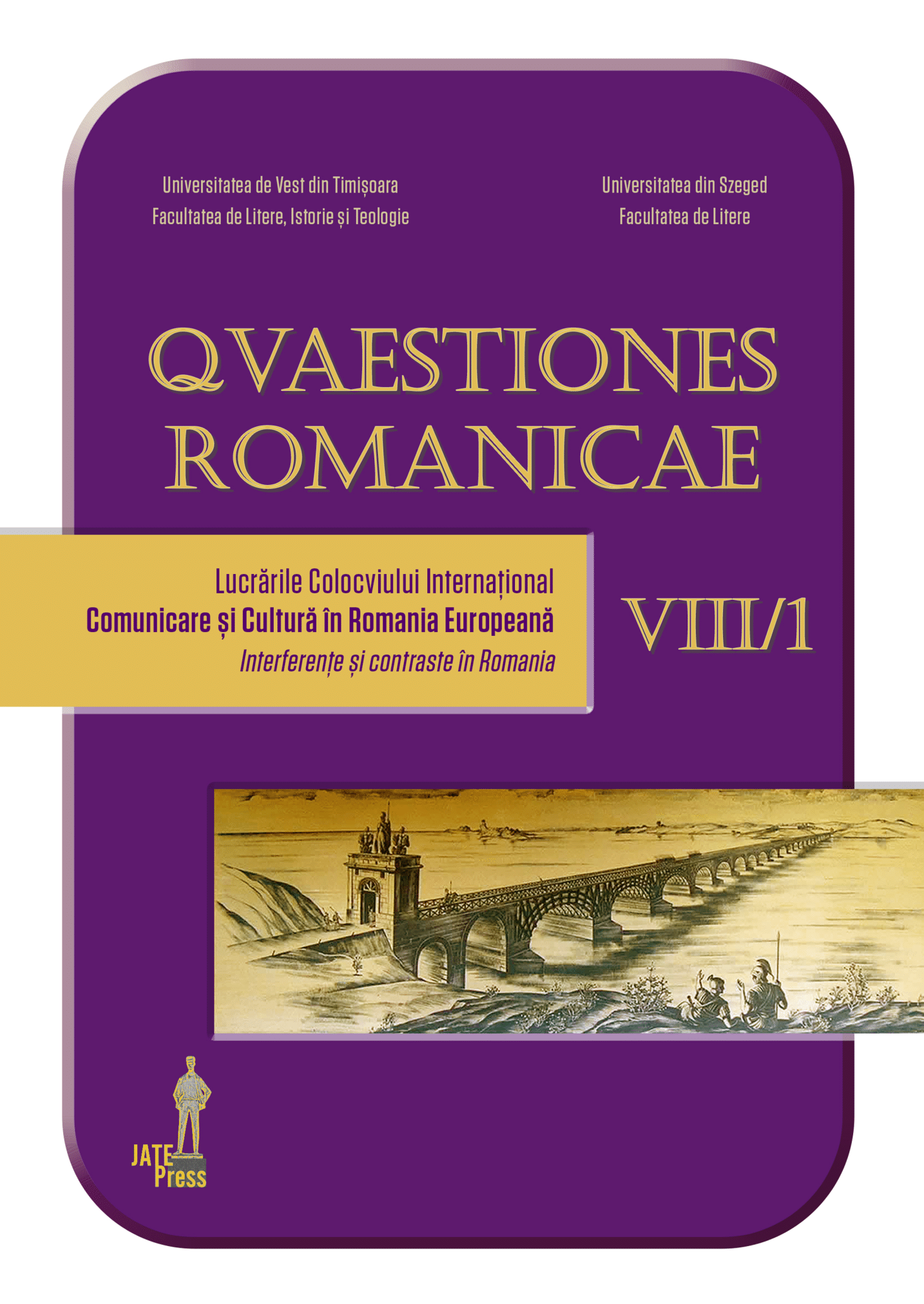Metamorfozele postmoderne ale unui mit clasic al contrastului. Kore-Persefona de Ruxandra Cesereanu într-o dublă interpretare, arhetipală și psihanalitică
The Postmodern Metamorphoses of a Classical Myth of the Contrast. Ruxandra Cesereanu’s Kore-Persefona in a Double Interpretation, Archetypal and Psychoanalitic
Author(s): Giovanni Magliocco, Ilona-Manuela DuțăSubject(s): Romanian Literature
Published by: Universitatea de Vest din Timişoara
Keywords: Kore-Persephone;classical myths;archetypes;Double Self;identity;
Summary/Abstract: In the first part of this study (Giovanni Magliocco), the myth of Kore-Persephone in Ruxandra Cesereanu’s poetry will be analysed through an archetypical perspective. The mythical phenomenology of Kore-Persephone and the cyclical transmutations of her uncanny and cleaved identity demonstrates that the two hypostases of the Goddess are placed under the sign of the Double Self. Persephone’s nekyia, which dialectically opposes itself to Kore’s anabasis, is outlined not only as a torturing descensus in her disturbing interiority, but also as a fall without salvation in the darkest meanders of her neurosis. The infernal underworld of Persephone, “The House of Hades” where the Goddess sinks progressively, is not an eschatological realm of the future, but rather a psychological realm of the present, sharing a deep and occult isomorphism with the image of the “Schizoidian Ocean” as it has been developed in the homonymous poetry collection published in 1997. The second part of this paper (Ilona Duță) will demonstrate that, illustrated by the mythical imagery of doubles, the psychic scenario unfolded in this volume represents a foray into the ego’s inner fracture and, at the same time, an attempt to alleviate or heal through the archetype’s power of representation, since it can save the individual from decay precisely by its universal nature (it acts as a true symbolic matrix). An erotic drama, bridal par excellence, this mythical scenario captures, however, the occurrence of the breach or Thanatos amid the unifying representation of Eros: the series of dual identities as regards the female identity (the anima) in the figure of Kore-Persephone and the male identity (the animus) in the alternating men Korin-Haidos, respectively, is symptomatic of the impossibility of unifying and harmonizing psychism. The final outbreak of the delirium is the evidence of the psychic truth in spite of any nuptials.
Journal: Quaestiones Romanicae
- Issue Year: VIII/2020
- Issue No: 1
- Page Range: 342-367
- Page Count: 26
- Language: Romanian

